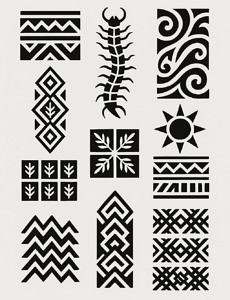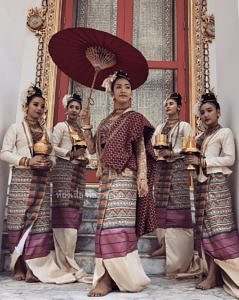Contemporary Philippine Culture Clothing
The rich tapestry of Philippine culture is vividly expressed through its clothing, blending modern trends with deep-rooted traditions. As we journey through the evolution of contemporary Philippine culture clothing, it becomes evident how these garments are not just fashion statements but also symbols of identity, heritage, and pride.
The Evolution of Philippine Culture Clothing
Philippine culture clothing has always been a reflection of the country’s diverse history. Influenced by various colonizers, trade partners, and indigenous traditions, the evolution of clothing in the Philippines is a testament to its multifaceted culture. Traditional garments like the Barong Tagalog for men and the Terno for women have been reimagined in contemporary fashion, creating a bridge between past and present.

Traditional and contemporary fusion in Philippine clothing.
Traditional Garments with a Modern Twist
In recent years, designers have taken cultural clothing from the Philippines and infused it with modern aesthetics. This blend of old and new can be seen in the way traditional textiles and patterns are incorporated into everyday wear. The intricate embroidery and handwoven fabrics, once reserved for special occasions, are now common in casual and formal attire alike.
Modern adaptation of traditional Philippine textiles.

The Influence of Indigenous Tribes
Indigenous tribes play a significant role in the Philippines’ clothing culture. Their unique weaving techniques and vibrant designs are celebrated in contemporary fashion. Many designers collaborate with tribal communities to preserve these age-old techniques while bringing them to a global audience. This partnership not only promotes cultural appreciation but also provides sustainable livelihoods for these communities.
Indigenous-inspired contemporary clothing in the Philippines.
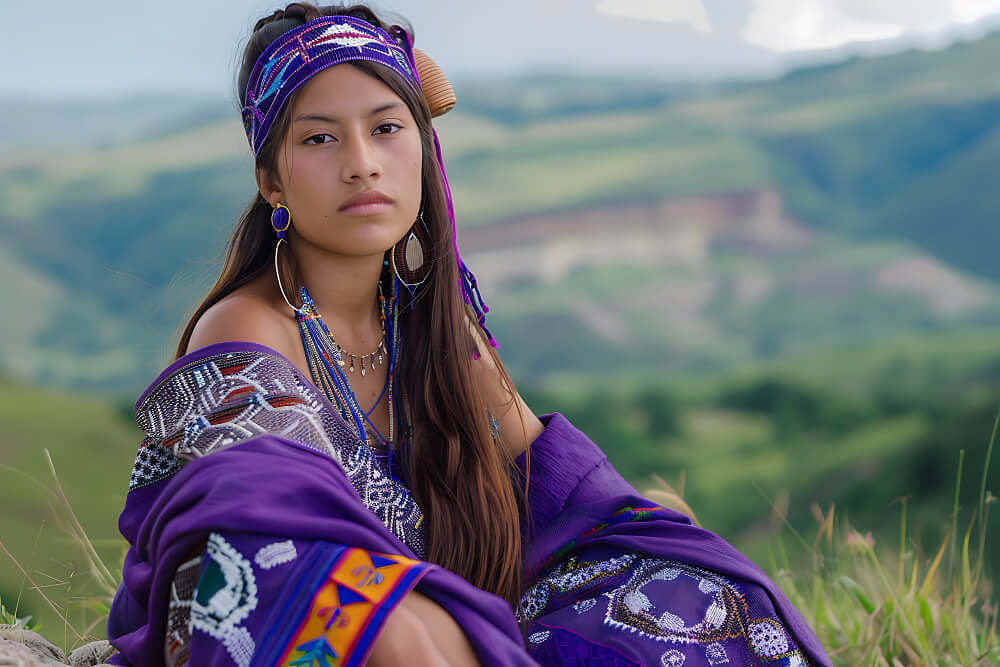
Philippine Clothing in Global Fashion
The global fashion industry has taken notice of the distinct beauty of Philippines culture clothes. Influential designers and fashion houses are showcasing Filipino-inspired collections on international runways. The global appreciation of Philippine cultural clothing underscores its significance and timeless appeal.
Filipino-inspired fashion showcased on the global stage.

Everyday Wear with Cultural Significance
Incorporating elements of cultural clothes from the Philippines into everyday wear has become a popular trend. From traditional patterns in modern dresses to accessories inspired by tribal art, these pieces allow Filipinos to celebrate their heritage daily. This movement not only strengthens cultural pride but also educates the younger generation about their roots.
Elegance Tarong tagalog Wedding Philippines
The Barong Tagalog, often referred to simply as the “Barong,” is one of the most iconic pieces of Philippine culture clothing. Traditionally worn by men, the Barong is a lightweight, embroidered shirt made from fabrics like piña (pineapple fiber) or jusi (silk). Its translucent quality and intricate designs make it suitable for formal occasions. Contemporary designers have experimented with new materials and cuts, making the Barong a versatile garment that can be worn in various settings, from weddings to business meetings.

The Philippine Terno
For women, the Terno represents the pinnacle of Philippine cultural clothing. Characterized by its butterfly sleeves and elegant silhouette, the Terno has evolved from its Spanish colonial roots to become a symbol of Filipino femininity and grace. Modern iterations of the Terno incorporate contemporary fabrics and styles, allowing it to remain relevant in today’s fashion landscape. Celebrities and public figures often wear the Terno at important events, showcasing its timeless beauty.
Everyday Cultural Wear
While traditional garments like the Barong and Terno are reserved for special occasions, elements of Philippine cultural clothing have found their way into everyday fashion. Casual wear often features indigenous patterns and fabrics, making cultural expression a part of daily life. For instance, the “kimona,” a simple yet elegant blouse, is frequently paired with jeans or skirts, blending traditional and modern styles seamlessly.
Festivals and Celebrations
Festivals in the Philippines are vibrant displays of cultural heritage, and clothing plays a crucial role in these celebrations. During events like the Sinulog, Ati-Atihan, and Pahiyas festivals, participants don elaborate costumes that reflect the country’s rich history and traditions. These festivals provide a platform for showcasing the diversity and creativity of Philippine culture clothing.
The Role of Textile Artisans
Textile artisans are the unsung heroes behind the beautiful cultural clothing of the Philippines. Their expertise in weaving, dyeing, and embroidery ensures that traditional techniques are preserved and passed down through generations. Collaborations between designers and artisans have led to the creation of unique pieces that honor the past while embracing contemporary trends. Supporting these artisans is crucial for maintaining the integrity and authenticity of Philippine culture clothing.
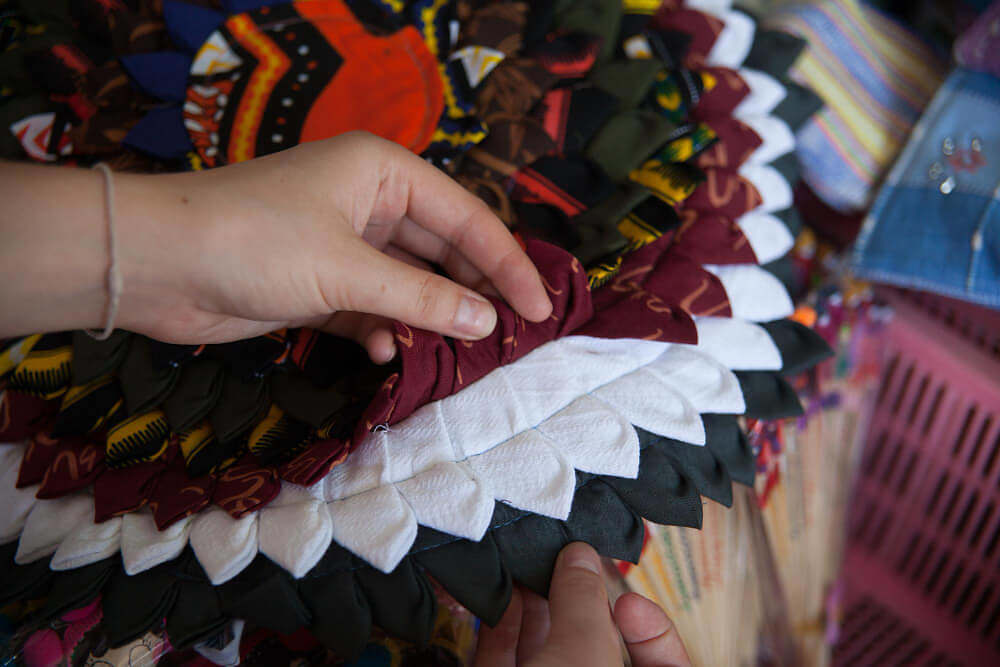
Sustainability in Philippine Fashion
Sustainability is becoming increasingly important in the fashion industry, and Philippine clothing culture is no exception. Many designers are turning to eco-friendly materials and practices to create their garments. By using organic fibers, natural dyes, and traditional handcrafting techniques, they minimize the environmental impact of their work. This commitment to sustainability not only benefits the planet but also supports local communities and preserves cultural heritage.
The Global Impact of Philippine Cultural Clothing
The influence of Philippine culture clothing extends beyond the country’s borders. Filipino designers are gaining international recognition for their innovative use of traditional materials and techniques. Fashion shows in Paris, New York, and Milan have featured collections inspired by Philippine cultural clothing, bringing global attention to the richness and diversity of Filipino fashion. This global platform allows for a greater appreciation and understanding of the Philippines’ unique cultural identity.
Educating the Next Generation
Educating the younger generation about the importance of cultural clothing in the Philippines is essential for preserving these traditions. Schools and cultural institutions are incorporating lessons about traditional garments and their significance into their curricula. By learning about the history and craftsmanship behind these clothes, young Filipinos develop a deeper appreciation for their heritage and are more likely to continue these traditions.
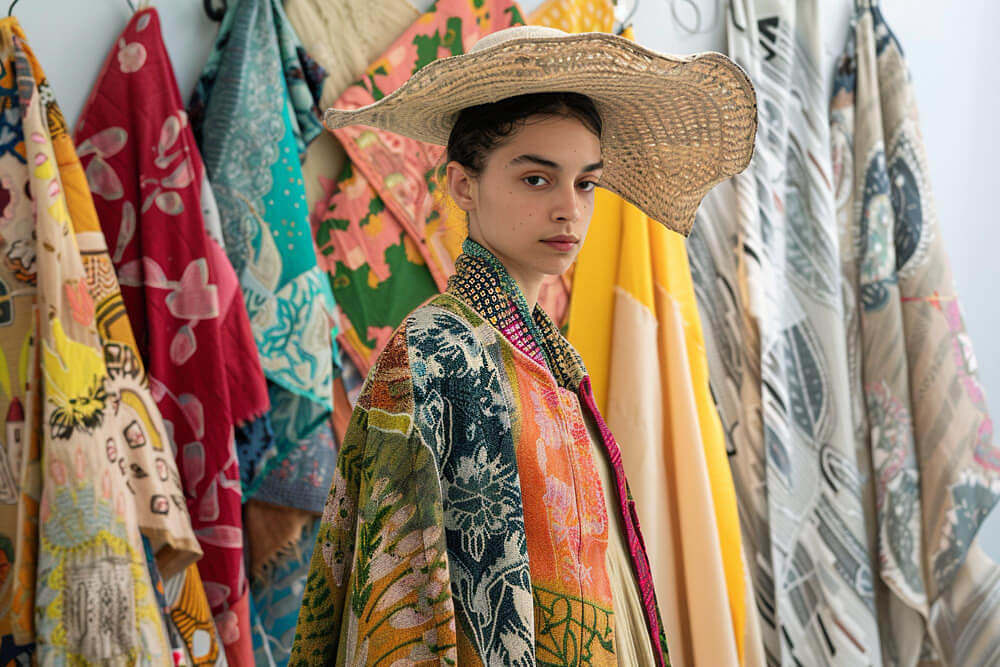
Summary
Contemporary Philippine culture clothing is a celebration of heritage and innovation. It honors the past while embracing the future, creating a dynamic and evolving fashion landscape. By supporting local artisans, promoting sustainable practices, and educating the next generation, we ensure that the rich traditions of Philippine clothing culture continue to thrive.
As we wear and appreciate these garments, we connect with our roots and express our unique cultural identity. Whether through a modern take on the Barong Tagalog or an everyday outfit inspired by indigenous patterns, Philippine culture clothing remains a powerful and enduring symbol of who we are.

